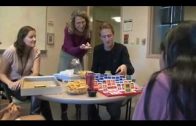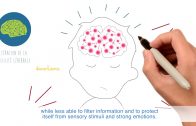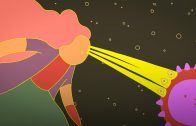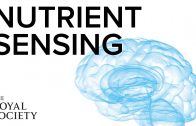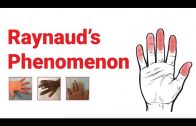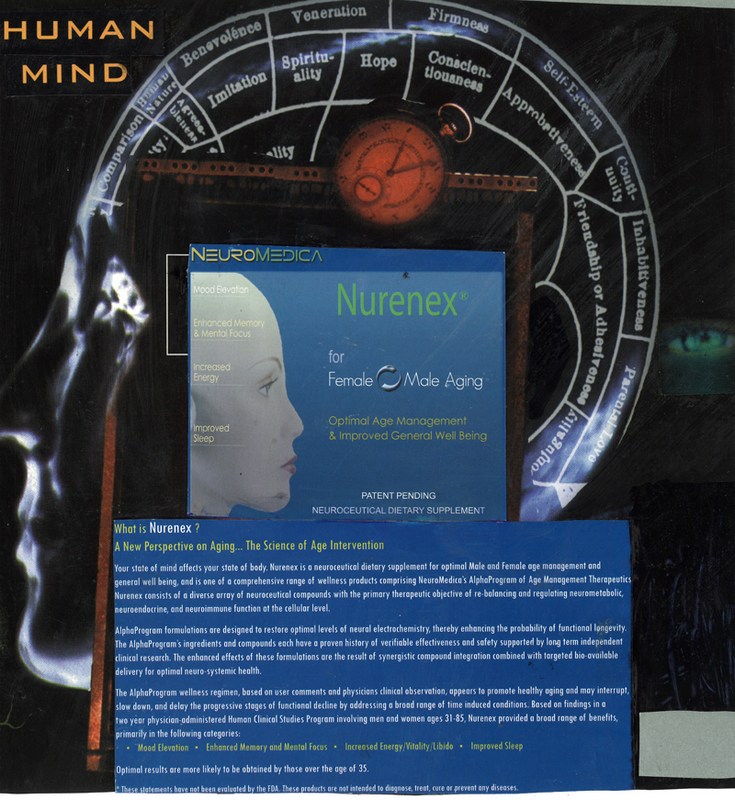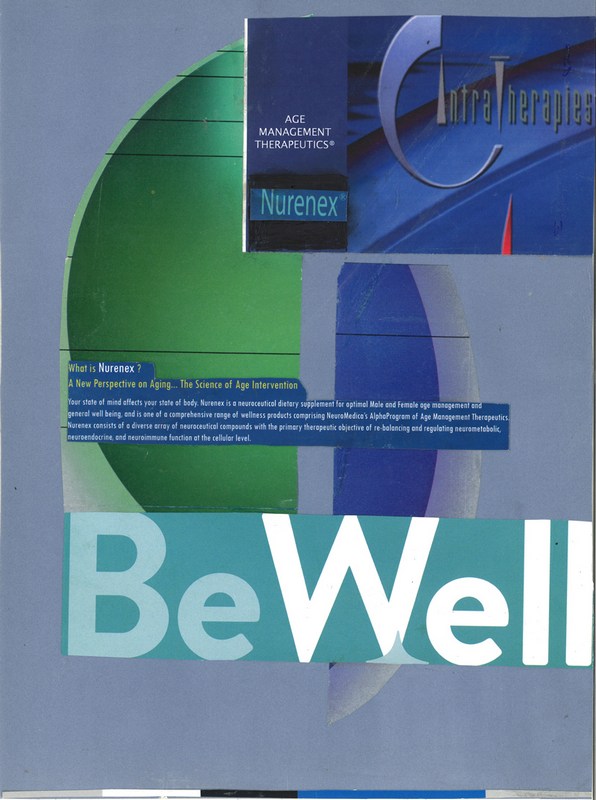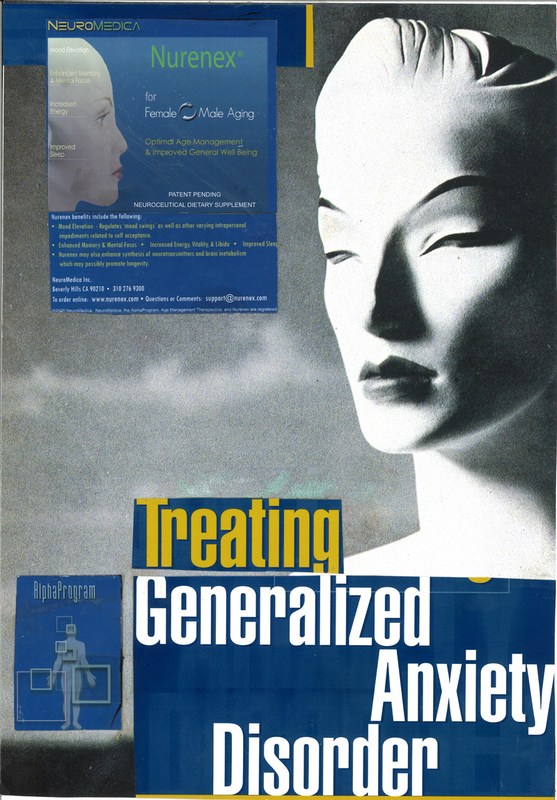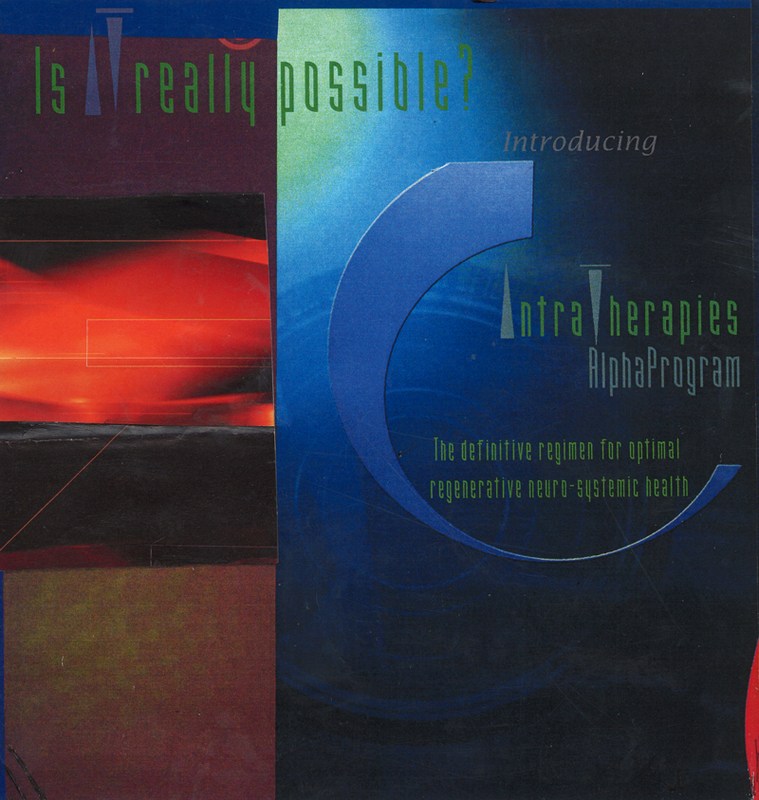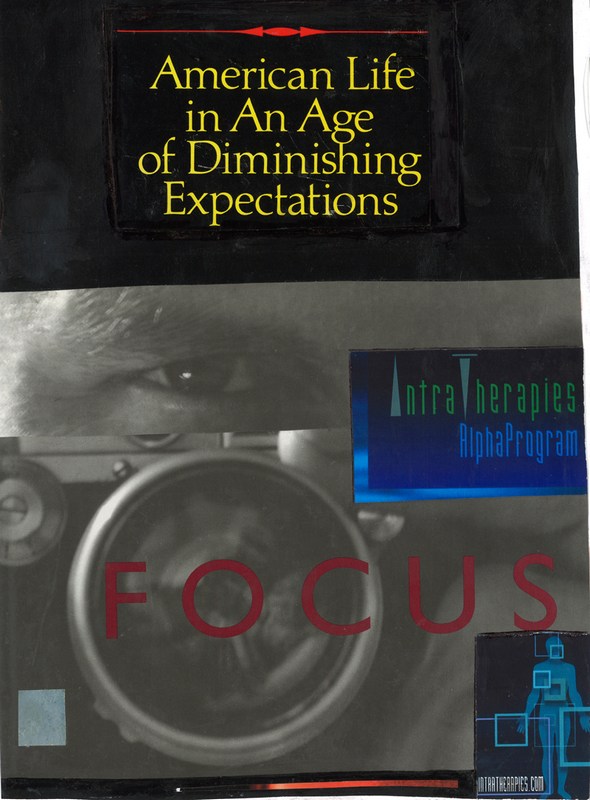Treatment for Children with OCD
Few children are without certain worries or fears, and its normal for children to develop rituals, such as at bedtime. But for the estimated 1-2 percent of children with obsessive-compulsive disorder (OCD), these thoughts and behaviors become so intense they can be both greatly distressing and disruptive of the childs ability to function.
UCLAs Semel Institute and the Stewart and Lynda Resnick Neuropsychiatric Hospital at UCLA have opened one of the nations few hospital-based intensive outpatient treatment programs for these children. The UCLA Pediatric OCD Intensive Outpatient Program provides three hours of daily individual and group treatment for children ages 8-17, along with family therapy, parent education and support, and medication management. The program is offered four days a week for a minimum of two weeks, depending on the severity of the childs disorder.
The severity and types of symptoms exhibited by children with OCD vary greatly, says R. Lindsey Bergman, Ph.D., the programs director. Though OCD is often portrayed as a fear of contamination or the need for things to be orderly, there is a wide range of symptoms.
Dr. Bergman explains that most people with OCD have both obsessions and compulsions. Obsessions are anxiety-producing, difficult-to-control intrusive thoughts and fears, while compulsions are behaviors or rituals typically developed in an attempt to reduce the anxiety associated with the obsessive thoughts. A compulsion can also appear unrelated to an intrusive thought. For example, sometimes a behavior such as counting or touching is done repetitively until it feels right rather than because an intrusive thought triggered the behavior. In other cases, the ritual or behavior can be directly related or in response to the obsessive thought. For instance, fear of contamination can lead the child to want to avoid physical contact or public spaces. A childs concern about having the numbers and letters on schoolwork look just right can lead to constant erasing until there are holes in the paper and the work is never completed. Religious or moral obsessions, termed obsessive scrupulosity, may result in compulsive confessions or praying for forgiveness, even over the smallest incident or behavior that others would not judge as objectionable.
Research has provided evidence for two effective OCD treatments, Dr. Bergman says. One is medication, most commonly in the form of prescribed selective serotonin re-uptake inhibitors. The other — often used in combination with the medication — is a particular form of cognitive behavioral therapy called exposure and response prevention. The child is exposed to the feared thought while resisting engaging in the compulsive behavior, in a graduated fashion — practicing at first with something thats just a little bit scary, Dr. Bergman explains. A reward system is used to reinforce the childs attempts at engaging in exposure activities regardless of their success in resisting compulsions. Over time, and with follow-up at home, compulsive behaviors are extinguished as the exposures demonstrate that negative consequences do not result when the compulsive behavior or ritual is resisted.
www.uclahealth.org
